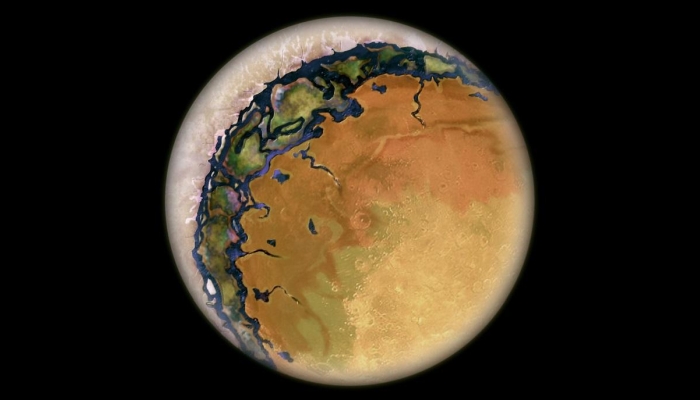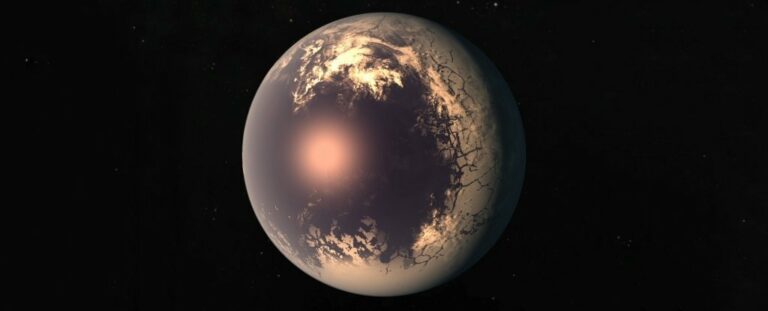Ocular Worlds Might Be Real, and Their Existence Is as Eerie as It Sounds
You may be familiar with hot Jupiters, mini-Neptunes, and super-Earths, but have you ever heard of Eyeball Planets? Planetary scientists believe that there could be a type of exoplanet that resembles a massive eyeball, just sitting there and staring. However, this peculiar appearance is not as strange as it may seem, as it is actually a result of tidal locking.
Tidal locking occurs when a celestial body rotates at the same rate as its orbit. This means that one side of the body always faces the object it is orbiting, while the other side remains perpetually turned away. For example, the Moon is tidally locked to Earth, which is why we can never see its far side from our vantage point.
Unlike Earth, which is not tidally locked to the Sun and experiences a day/night cycle, there are exoplanets that are tidally locked to their stars. This means that one side of the planet is constantly bathed in daylight, while the other side remains in eternal darkness.
Due to these vastly different conditions, the appearance of the day side and the night side of these planets can be strikingly dissimilar. Depending on the proximity of the planet to its star, the day side could be arid, with all the water evaporated by intense stellar radiation. On the other hand, the night side could be covered in a massive ice cap, extending into a glacial ring. It would resemble something like this:.

According to a study published in the journal Astrobiology in 2013, it was suggested that the ring mentioned in the previous text could potentially support life. This ring, located in a perpetual twilight, benefits from water derived from melting glaciers, creating a fertile region where vegetation could thrive.
Astronomer Sean Raymond further explains that there are other types of planets, such as the hot eyeball and icy eyeball planets, which exhibit extreme conditions. The hot eyeball planet is closer to its star and experiences intense heat, while the icy eyeball planet is situated farther away and possesses an ice cap on its night side. However, the star side of the icy eyeball planet is not barren like Earth; instead, it features a liquid ocean that could potentially support life, similar to the teeming seas on our planet.
Raymond emphasizes that any planet that is tidally locked to its star will exhibit distinct differences between its day side and night side. These differences could arise from various factors, such as the presence of clustered clouds in specific areas, preferential melting or freezing of ice, or other possible sources. This suggests that there may be a multitude of diverse eyeball planets scattered throughout the galaxy.
Considering the vastness of the universe, the concept of giant space eyeballs is not the most peculiar idea ever proposed. The possibilities of what could exist out there are truly limitless.
Please note that a version of this article was originally published in January 2020.
This article is republished from sciencealert under a Creative Commons license. Read the original article.
Do not forget to share your opinion with us to provide you with the best posts !




0 Comments